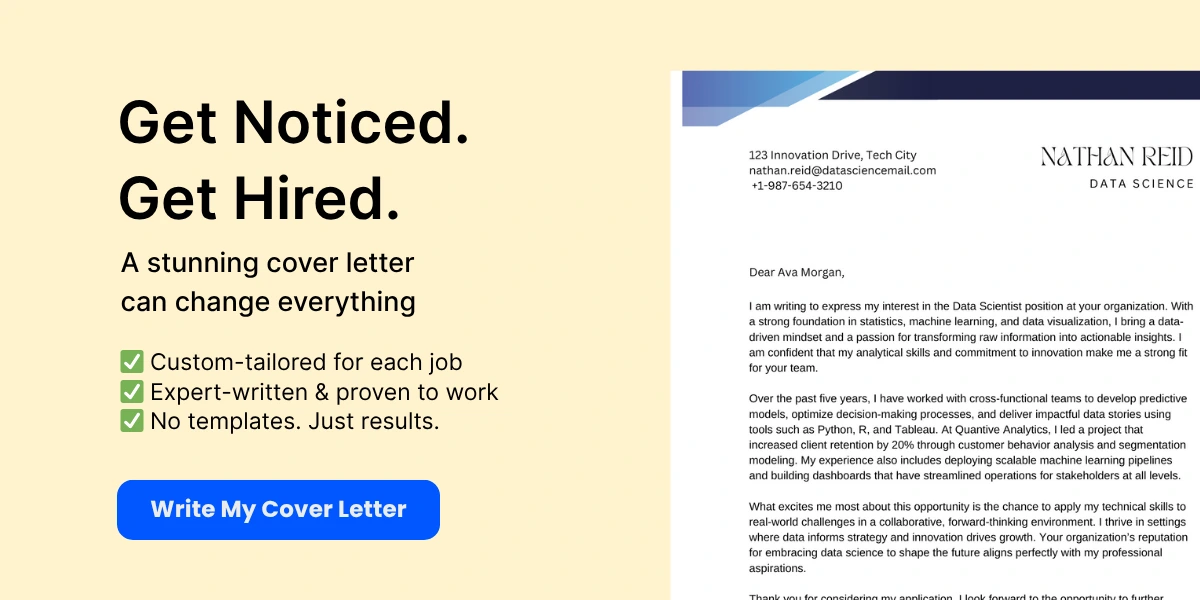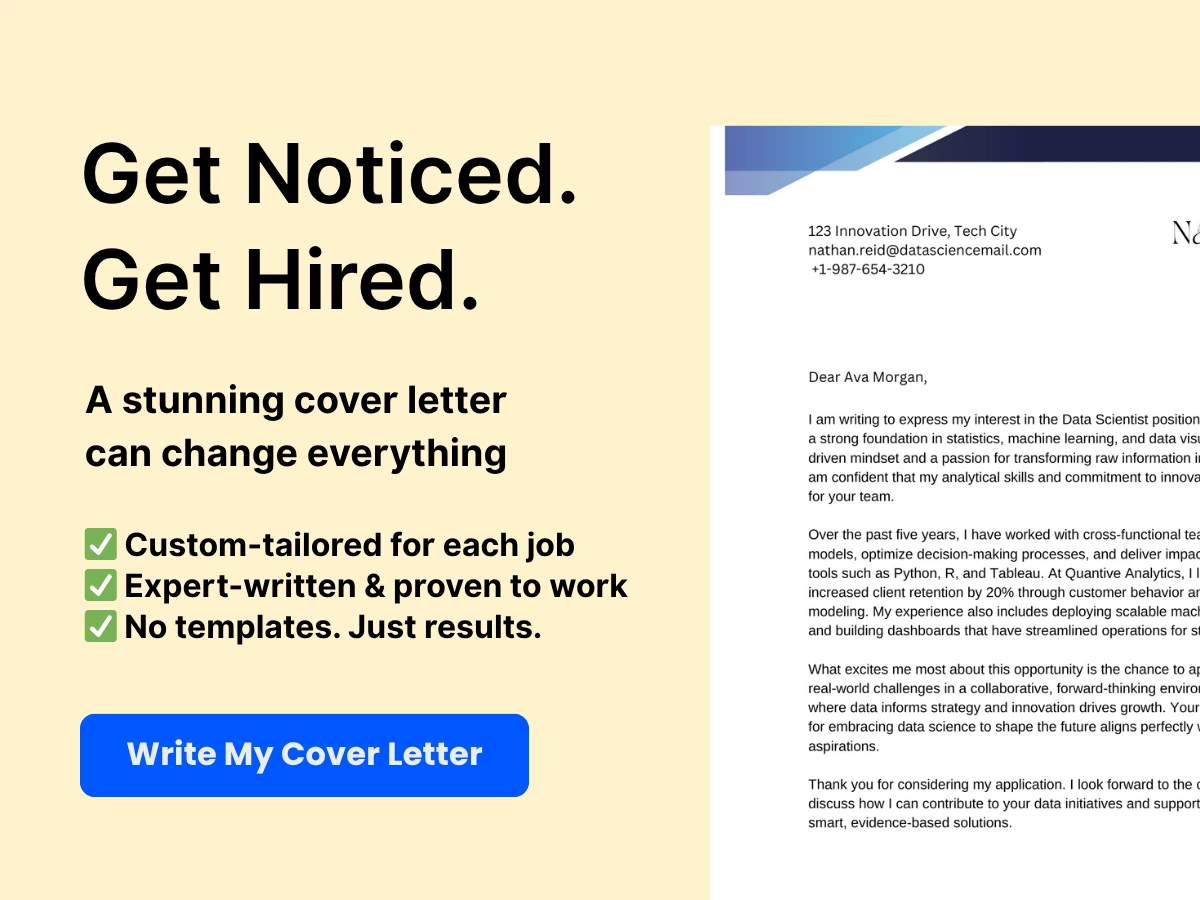In today’s digital age, graphic design has become an integral part of the creative industry. A graphic designer is a professional who creates visual content to communicate ideas and messages with the use of typography, images, and graphics. The job requires a combination of artistic skills and technical abilities.
A graphic designer is a professional who creates visual designs to communicate messages and ideas. They work in a wide range of industries, including advertising, marketing, and publishing. Graphic designers use typography, images, and graphics to communicate and evoke emotions. They work with clients to understand their needs and create designs that meet their requirements.
Key Responsibilities of a Graphic Designer
The responsibilities of a graphic designer include creating and developing visual communication designs, choosing appropriate colors, images, and typography, designing print and digital media, and collaborating with other professionals such as artists, photographers, and developers. They are also responsible for creating logos, product packaging, marketing materials, and other designs that communicate a message or brand identity effectively.
Job Outlook and Demand for Graphic Designers
The job outlook for graphic designers is positive, with demand for their skills expected to grow in a variety of industries. According to the Bureau of Labor Statistics, the employment of graphic designers is projected to grow 3 percent from 2018 to 2028. This projected growth is due to the increased use of digital media and the need for companies to create visually appealing and effective designs to communicate their messages.
Availability of Graphic Designer Jobs
There is a wide range of opportunities available for graphic designers. Jobs can be found in the advertising, marketing, publishing, and design industries, as well as in government agencies, educational institutions, and non-profit organizations. Freelance work and self-employment are also common among graphic designers. The availability of job opportunities increases as the demand for creative and visually appealing design continues to grow.


Graphic design is an exciting field, and it provides a range of opportunities for creative individuals who have a passion for visual communication. With the growing demand for visually attractive and effective designs, the job outlook for graphic designers is positive, and there are numerous job opportunities available.
Determining the Salary of a Graphic Designer
As a graphic designer, understanding the factors that affect your salary is essential to grow in your career. Here are some factors you should consider:
A. Understanding the Factors Affecting Graphic Designer Salaries
-
Experience – Like most professions, graphic designers’ salaries increase with experience.
-
Industry – The industry you work in also affects your salary as different industries pay differently. Some industries pay higher than others, and this reflects in the salary.
-
Location – The location you work in can also influence your salary as some cities offer higher salaries than others.
-
Education – A degree or certification in graphic design can impact your salary positively.


B. Salary Range of Graphic Designers in Different Industries
Here is a breakdown of the salary ranges of graphic designers in different industries:
| Industry | Salary Range |
|---|---|
| Advertising and Public Relations | $35,000 – $76,000 |
| Marketing and Communications | $36,000 – $79,000 |
| Publishing | $33,000 – $73,000 |
| Fashion and Apparel Design | $32,000 – $69,000 |
| Manufacturing | $34,000 – $74,000 |
| Website Design Systems | $36,000 – $86,000 |
| Software Development | $37,000 – $75,000 |
It’s important to note that these are approximate salary ranges, and they can vary depending on various factors.
C. Comparison of Salaries of Graphic Designers with Related Fields
Here’s a comparison of the salaries of graphic designers with related fields:
| Related Field | Median Salary |
|---|---|
| Marketing Manager | $135,000 |
| Web Developer | $74,000 |
| Art Director | $85,000 |
| Multimedia Designer | $65,000 |
| Animator | $75,000 |
As you can see, graphic designers’ salaries vary and depend on different factors. It’s up to you to choose the industry that suits you and create a path for yourself. As a graphic designer, if you put yourself out there and create valuable work, you’ll see an improvement in your salary with time.
Skills Required to Become a Graphic Designer
Aspiring graphic designers must possess a range of skills to succeed in this competitive industry. The necessary skills can be broadly categorized into technical, soft, software and hardware, and advanced skills.


A. Technical Skills Required for Graphic Designers
Graphic designers should have a good understanding of design principles, color theory, typography, and layout. They must be well-versed in design software applications such as Adobe Creative Suite (Photoshop, Illustrator, InDesign) and Sketch. They should be able to create digital images, vector graphics, and logos, and have excellent knowledge of print production and pre-press processes. A strong grasp of HTML and CSS is also desirable.
B. Soft Skills Required by Graphic Designers; Communication and Collaboration
Excellent communication and collaborative skills are necessary for graphic designers, as they often work in multidisciplinary teams comprising writers, photographers, and other creatives. The ability to listen and understand client needs and requirements is essential, as designers need to translate those into visual concepts and designs. They should also be able to present and articulate their design ideas coherently and persuasively.
C. Essential Software and Hardware Skills
Graphic designers must be adept at using various hardware and software tools. They should have knowledge of operating systems, file types, and how to troubleshoot technical issues. In addition to design software, they should be familiar with project management and collaboration tools such as Trello, Asana, or Slack.
D. Advanced Skills Required In the Contemporary World
As the field of graphic design evolves with new technologies and trends, graphic designers need to stay current and learn advanced skills to remain competitive. Knowledge of UX (user experience) design, 3D modeling and animation, AR/VR (augmented reality and virtual reality) design, and data visualization are highly sought after skills. Familiarity with web design, social media, and content creation is also essential in today’s digital age.
Graphic designers must possess a range of skills to succeed in the dynamic and ever-changing industry. While technical skills are crucial, soft skills and the ability to learn and adapt to new technologies and trends are equally important. As a graphic designer, the pursuit of advanced skills and continuous learning is critical for career progression and keeping up with the fast-paced nature of the industry.
Types of Graphic Design Jobs
As a graphic designer, you have a variety of options when it comes to choosing a career path. Here are some of the most common types of graphic design jobs you can explore:
A. Introduction to Various Types of Graphic Design
Graphic design is an enormous field and encompasses a diverse range of jobs. From print design to web design, motion graphics to packaging, and branding to advertising, every aspect of design caters to unique requirements, and a specific set of skills or tools is necessary. Different graphic design jobs demand different skills, and each sector has limitless possibilities for those seeking an optimized, satisfying career choice.


B. Graphic Design Jobs for Freelancers
One option for graphic designers is to work as freelancers. Freelance graphic designers work independently, picking up projects as they come, and working to complete them. They can do their job from anywhere, and while some prefer working in a studio or home office, others can work while traveling with their laptop.
C. Jobs in Design Studios
Design studios are creative hubs that employ graphic designers, art directors, copywriters, and other creative professionals. Within a design studio, graphic designers may work as part of a team, or individually, to create designs that solve client problems.
D. Jobs in Agencies
Graphic design agencies provide a variety of services to clients, ranging from branding and identity design to marketing and advertising campaigns. Graphic designers in agencies may work on projects for multiple clients, collaborating with account managers, marketers, and other professionals to create designs that effectively communicate a client’s message.
There is no shortage of different types of graphic design jobs available for someone considering a career in this field. By selecting an area of specialization and continuing to develop his or her skills, a graphic designer can build a successful and fulfilling career.
Career Path of Graphic Designers
As a graphic designer, there are some different career paths you can take based on your educational qualifications and experience. Additionally, there are some growth opportunities and future prospects to consider.
A. Career Path Based on Educational Qualification
Based on your educational qualifications, there are a few different paths you could follow as a graphic designer. Here are a few possibilities:


- High School Diploma or Equivalent: Even if you don’t have a college degree or formal design education, you could still pursue a career in graphic design. You might start in an entry-level role, such as a production artist, before working your way up to more senior positions.
- Associate’s Degree: Earning an associate’s degree in graphic design can help you get your foot in the door in the industry. You might start as a junior designer, working on projects under the guidance of more experienced colleagues.
- Bachelor’s Degree: Many graphic designers have a bachelor’s degree in design or a related field. With this level of education, you could qualify for more senior design roles, such as a creative director or art director.
- Master’s Degree: Some graphic designers earn a master’s degree in a design-related field. This level of education could help you become a design researcher or strategist, working on high-level projects for clients or companies.
B. Career Path Based on Experience
Your career path as a graphic designer will also be influenced by your experience in the industry. Here are some potential paths you could take based on experience:
- Entry-Level: As a new graphic designer, you might start as a junior designer or production artist. In this role, you’ll work on creative projects with guidance from more experienced colleagues.
- Mid-Level: After a few years of experience, you could progress to a mid-level design role. This might involve managing your own projects and collaborating with other designers or stakeholders.
- Senior-Level: With even more experience, you could qualify for a senior design role. In this capacity, you might be responsible for leading design projects, mentoring junior designers, and contributing to design strategy for a company.
C. Career Growth Opportunities for Graphic Designers
There are some opportunities for career growth within the field of graphic design. Here are a few examples:
- Specialization: You might choose to specialize in a certain area of design, such as web development, illustration, or motion graphics.
- Leadership: As you progress in your design career, you might move into leadership roles such as creative director or design strategist.
- Entrepreneurship: Some graphic designers start their own design businesses or work as freelance designers, taking on a variety of clients and projects.
D. Future Career Prospects
As technology continues to evolve, so do the opportunities for graphic designers. The field of graphic design is continuously evolving, driven by advancements in technology, changing consumer preferences, and emerging design trends. As a result, there are several future career prospects to consider as a graphic designer:
- Digital Design: With the increasing importance of digital platforms, graphic designers specializing in digital design, user experience (UX), and user interface (UI) design will be in high demand. These roles involve creating visually appealing and user-friendly designs for websites, mobile apps, and other digital interfaces.
- Branding and Identity Design: Companies recognize the significance of strong branding and visual identity in today’s competitive market. Graphic designers skilled in creating cohesive brand identities, including logos, typography, and brand guidelines, will have excellent career prospects in branding agencies or in-house design teams.
- Motion Graphics and Animation: The demand for motion graphics and animation continues to grow, particularly in the fields of advertising, entertainment, and online content creation. Graphic designers with skills in motion design and animation software will find exciting opportunities in creating engaging visual content for various mediums.
- Sustainable and Ethical Design: As sustainability becomes increasingly important, there is a rising need for graphic designers who can integrate sustainable design practices into their work. This includes using eco-friendly materials, promoting social responsibility, and communicating sustainability messages through visual design.
- Augmented Reality (AR) and Virtual Reality (VR): The immersive experiences provided by AR and VR technologies have opened up new possibilities for graphic designers. Designing for AR/VR applications, including interactive experiences, gaming, and virtual environments, offers unique and innovative career paths.
- User Research and Design Strategy: Graphic designers who possess skills in user research, design thinking, and strategic planning will be sought after for their ability to understand user needs, analyze data, and create design solutions that align with business objectives.
- Remote and Freelance Work: The shift towards remote work and the gig economy have created opportunities for graphic designers to work independently as freelancers or remote employees. This provides flexibility, diverse project experiences, and the potential to work with clients and companies globally.
It’s important for graphic designers to stay updated with industry trends, continuously enhance their skills through learning and professional development, and build a strong portfolio that showcases their expertise. By adapting to the changing landscape of design and embracing new technologies, graphic designers can thrive and seize the future career prospects in this dynamic field.
Pros & Cons of a Graphic Designer Career
As with any career, there are both advantages and disadvantages to becoming a graphic designer. Additionally, there are many common misconceptions about what a graphic designer does and what skills they possess. Here are some key points to keep in mind before pursuing a career in graphic design.
A. Advantages of being a Graphic Designer
-
Creative Opportunities: Graphic design allows for visual communication in a way that engages and inspires audiences. As a graphic designer, you have the chance to be creative every day.


-
Variety of Work: There is no shortage of projects in the graphic design field. From branding and marketing materials to web design and product packaging, there is always something new to work on.
-
In-Demand Career: The demand for graphic designers is consistently high, with the U.S. Bureau of Labor Statistics projecting a 3% increase in employment through 2028.
-
Flexibility: Many graphic designers have the option to work remotely or freelance, which allows for a flexible work-life balance.
B. Disadvantages of Becoming a Graphic Designer
-
Competition: The field of graphic design is highly competitive, with many talented professionals vying for the same job openings.
-
Long Hours: Tight deadlines and demanding clients can lead to long work hours and high stress levels.


-
Financial Instability: Freelance graphic designers should be prepared for a fluctuating income depending on the amount of work available.
-
Continual Learning: Graphic design software and technologies are constantly evolving, so designers must continually update their skills to stay current in the industry.
C. Misconceptions About Graphic Designers
-
Designers Only Make Things Look Pretty: While creating visually appealing designs is a major part of a graphic designer’s job, they also convey important messages and concepts through their work.
-
Anyone Can Be a Designer: Graphic design requires a unique set of skills and a keen attention to detail. While anyone can learn design software, not everyone has the artistic eye and strategic thinking needed to excel as a designer.
-
It’s Easy: From coming up with a concept to the final product, graphic design requires a significant amount of time and skill. It’s not just about making something pretty; it’s about developing effective communication through design.
-
It’s Not a Serious Career: Graphic design is a legitimate profession that requires creativity, attention to detail, and strategic thinking. It’s not just a hobby or a side gig.
While there are certainly advantages to pursuing a career in graphic design, it’s important to be aware of the potential drawbacks and common misconceptions about the field. With the right skills and mindset, a career in graphic design can be fulfilling and rewarding.
Role of Graphic Designers in Advertising
The role of graphic designers in advertising is crucial, as it involves creating visual content that is persuasive and engaging for the target audience. Graphic designers collaborate with advertising agencies, marketing teams, and clients to create compelling designs that effectively communicate the message in a visually appealing manner. In this section, we will discuss the role of graphic designers in advertising and share some tips for designing effective advertising campaigns.
A. Understanding the Connection between Advertising and Graphic Design
Advertising and graphic design are closely related disciplines, as effective advertising requires compelling visual content to capture the audience’s attention and effectively convey the message. Graphic designers play a critical role in the advertising process by creating designs that are visually appealing, memorable, and persuasive. They must understand the target audience and the message that the brand or product is trying to communicate to create visual content that aligns with the goals of the advertising campaign.
B. Role of Graphic Designers in Advertising Campaigns
Graphic designers are responsible for creating the visual elements of an advertising campaign. This includes designing logos, packaging, posters, billboards, brochures, and other promotional materials. They must collaborate with the advertising team and the client to ensure that the visual content aligns with the messaging and objectives of the campaign. Graphic designers are also responsible for ensuring that the visual content they create is consistent with the brand’s overall identity and image.
C. Tips for Effective Advertising Designs
Designing effective advertising requires a combination of artistic talent, creativity, and strategic thinking. The following tips can help graphic designers create visually appealing and persuasive advertising designs:
-
Understand the target audience and their needs: Effective advertising designs are tailored to the specific needs and preferences of the target audience. Graphic designers must research the target audience and understand their behaviors, interests, and motivations to create designs that resonate with them.
-
Use color strategically: Color can evoke emotions and convey meaning. Graphic designers must use color strategically to create designs that are visually appealing and emotionally persuasive.
-
Keep it simple: Effective advertising designs are simple and easy to understand. Graphic designers must avoid clutter and focus on the most important message they want to communicate.
-
Create a strong visual hierarchy: A strong visual hierarchy helps the audience understand the message more easily. Graphic designers must ensure that the most important elements of the design are placed prominently and stand out.
D. Recent Advertising Industry Trends
The advertising industry is constantly evolving, and graphic designers must stay up-to-date with the latest trends and best practices in their field. Some recent trends in the advertising industry include:
-
Interactive design: Interactive designs, such as videos, animations, and virtual reality experiences, are becoming increasingly popular in advertising as they allow for more engaging and immersive experiences for the audience.
-
Personalized and targeted advertising: Advances in technology and data analytics have made it easier to create personalized and targeted advertising campaigns that are tailored to the specific needs and preferences of the target audience.
Latest Technology Trends for Graphic Designers
As a graphic designer, it is essential to stay updated with the latest technology trends in the field to stay ahead of the competition. Here are some of the latest trends in technology that graphic designers should keep an eye on:
A. Technological Advancements in the Field of Graphic Design
The advancements in technology have greatly impacted the field of graphic design. Here are some of the latest advancements:
-
Augmented Reality (AR): With AR, designers can create interactive designs that provide a unique user experience to their clients.
-
Virtual Reality (VR): VR technology allows designers to create immersive designs that transport the user to a different world. This technology has great potential for gaming and entertainment industries.
-
3D Printing: With 3D printing, designers can create real-life prototypes of their designs. This can help speed up the design process and showcase their work to clients in a more tangible manner.
B. Essential Tools and Software Used by Graphic Designers
Graphic designers rely on certain tools and software to create their designs. Here are some of the essential tools and software used by designers:
-
Adobe Creative Suite: Adobe Creative Suite is a collection of software used by designers for tasks ranging from image editing to web design.
-
Sketch: Sketch is a popular software used by designers to create vector designs.
-
Canva: Canva is a user-friendly software used for creating designs for social media, presentations, and other marketing materials.
C. Best Graphic Design Blogs, Tools and Resources
Every graphic designer needs to have access to the best graphic design blogs, tools, and resources to keep their skills up to date. Here are some of the best ones:
-
Behance: Behance is a platform where designers can showcase their work to a global audience and get feedback from other designers.
-
Dribbble: Dribbble is a social media platform for designers where they can share their work, connect with other designers, and find job opportunities.
-
Creative Bloq: Creative Bloq is a website that provides resources for graphic designers, including design inspiration, tutorials, and software reviews.
D. Utilization and Integration of AI in Graphic Design
Artificial Intelligence (AI) is becoming more prevalent in the field of graphic design. Here are some ways in which AI is being utilized and integrated into the field:
-
Automated design tasks: AI can help automate repetitive design tasks, such as resizing images or creating layout design variations.
-
Predictive analytics: AI can be used to analyze data and predict which design will be most effective for a particular audience.
-
Chatbots: AI-powered chatbots can help designers communicate with clients and provide them with design recommendations.
Keeping up with the latest technology trends in graphic design is essential for any designer. By utilizing the latest tools, software, and resources, designers can create unique, interactive designs that will help them stand out in the competitive field of graphic design.
Examples of Great Graphic Designer Portfolios
As mentioned in the previous sections, a portfolio is a crucial part of a graphic designer’s career. It not only showcases their skills and creativity but also demonstrates their potential in completing the tasks at hand. Here are some examples of successful graphic designer portfolios that could inspire you to create your own:
A. How a Portfolio Affects Employment
A graphic designer’s portfolio plays a critical role in securing a job. It is the first thing recruiters and employers look at to assess the designer’s skills and experience. A well-curated portfolio can set you apart from the rest of the candidates and convince the employer to hire you.
When creating a portfolio, it is essential to ensure it is tailored to the job position you are applying for. It is also significant to highlight your best work that showcases your ability to work in a team, meet deadlines, and handle complex tasks.
B. Characteristics of a Good Portfolio
A good portfolio should be straightforward, easy to navigate, and visually appealing. The following are some characteristics of a successful graphic designer portfolio:
- Demonstrates a range of skills and creative abilities
- Showcases projects that highlight the designer’s process and problem-solving skills
- Tailored to the job position applied for
- Easy to navigate and presents the work effectively (use of images, descriptions, etc.
Mistakes to Avoid in Graphic Design
Graphic design is a visually-centered profession that involves creating art and visual elements to convey a specific message. While designing is an exciting career path, there are common mistakes many designers make. Understanding these common errors can help one avoid making them and ultimately create better designs.
A. Graphic Design Terminologies Novices Should Know
In the world of graphic design, it’s important to familiarize oneself with some of the basic terminologies. Here are a few terms to get started:
- Typography refers to the style and arrangement of text.
- Color Theory is the study of color and its combination to create aesthetically pleasing designs.
- Whitespace is the space between graphic elements.
- Resolution is the amount of detail in an image, measured by pixels per inch (PPI) or dots per inch (DPI).
- Raster images are made up of pixels and can lose quality if enlarged.
- Vector images are made up of paths and can be scaled without losing quality.
By understanding these terms, designers can better communicate and execute their designs.
B. Avoiding Common Graphic Design Pitfalls
It’s easy to make mistakes when designing. Here are some common pitfalls to avoid:
1. Lack of White Space
One common mistake is cluttering a design with too many elements, causing confusion and making it difficult to read. New designers often think more is better. However, using whitespace can help to break up the design, highlight important information, and make the design more aesthetically pleasing.
2. Using Too Many Fonts
Another mistake new designers make is using too many fonts. Consistency in typography is critical to making a design look professional, easy to read, and aesthetically pleasing. Limiting the number of fonts used to two or three is recommended.
3. Ignoring Hierarchy
Visual hierarchy helps the viewer navigate through the design, directing them to the most important information. A failure to prioritize the messaging by size, color, or placement can confuse the viewer and result in a poorly received design.
4. Using Poor Quality or Low-Resolution Images
It’s essential to obtain high-quality or high-resolution images for designs to ensure the images don’t look blurred or pixelated. If necessary, photos can be properly cropped, resized, or edited to fit the design.
5. Not Staying Up To Date With Design Trends
Design trends are always changing. New trends seen in industry leaders or popular design websites can give insight into what is successful in the design word. Staying up to date with changes in trends can help a designer produce fresh, relevant, and exciting designs.
Related Articles
- IT Recruiter: Job Description, Qualifications, and Skills
- 25 Final Interview Questions and Sample Answers for 2023
- Design Director Job Description: Salary, Skills, & More
- Why Should We Hire You: Best Answers in 2023
- Domestic Helper Job Description: Titles & Options in 2023








